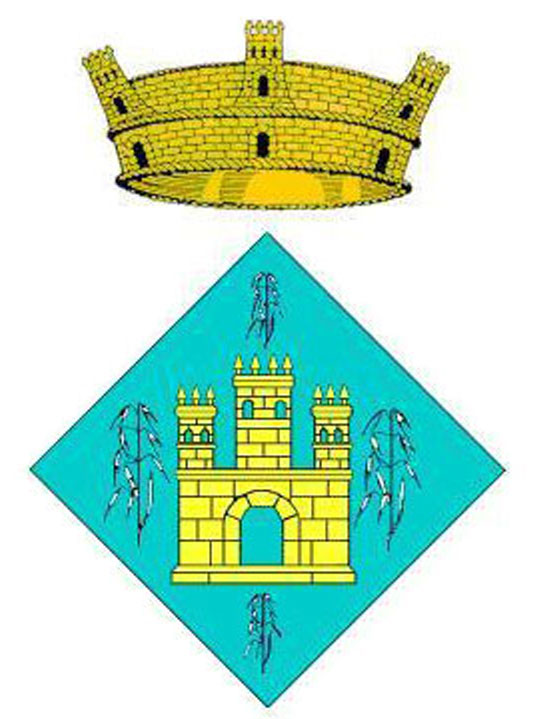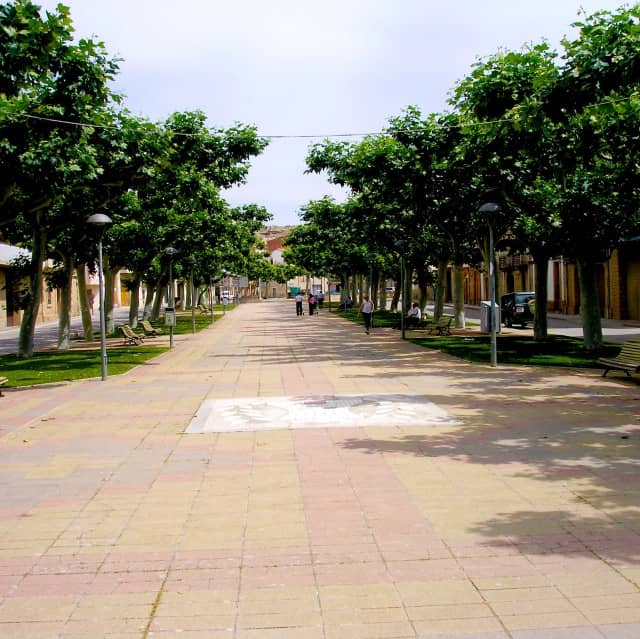-
Passeig de Moragues, 21
25154 Castelldans - 973 12 00 02
- 973 12 05 42
- ajuntament@castelldans.cat
- https://www.castelldans.cat/
Castelldans is elevated above the irrigation plain of the villages of Segrià and the North of Garrigues. The Urgell Canal and the Segarra-Garrigues watercourses transform the landscape, creating a contrast to the prevailing drylands on the south side of the region. In spring, the fields around Casteldans are clothed in a mantle of different shades of colours, when the fruit, almond and olive trees begin to bloom.
With 895 inhabitants (2022), Castelldans is a village, mostly famous for a castle, which was strategically important during the Christian conquest. In 1033, the castle was mentioned for the first time in the diplomatic code Liber Feudorum Maior. It was referred to as Castrum Assinos, from which the name Castelldans originated. Today a few ruins remain of the fortification, but in Islamic era, it was influential. At the time of the Christian Conquest, Castelldans was the first-class defensive bastion.
The local church of Assumption of Mary (Mare de Déu de l’Assumpció), with a Renaissance facade, is home to a polychrome stone image of Virgin and Child, by a master Guillem de Seguer, completed in the 14th century. At the entrance to the rectory, you can see the coat-of-arms of the Carthusian monks Scala Dei. The decorative symbols of this monastic order are still visible in the ancient street Carrer dels Frares, dating back to the first half of the 17th century. Having left the church, walking down the streets, you reach Plaça de Catalunya. The promenade leads to the Town Hall (Ajuntament), the schools, the swimming pools, and the sports area.
Amongst the places of interest, there is also the hermitage of Mare de Déu de Montserrat, built in 1954, where the annual festival is held at the end of April. There is also the Museum of Olive Oil and the Rural World.
The routes ‘Castelldans, Extra-Virgin Land’ represent the four tourist tracks, planned with the idea of discovery and exploration of natural and cultural heritage of the village and its three hills.
At the beginning of May, the Festa de les Cassoles (Caserole festival) takes place. The Festa Major is celebrated on the first Tuesday in September, and the Oil Festival is at the beginning of December.


